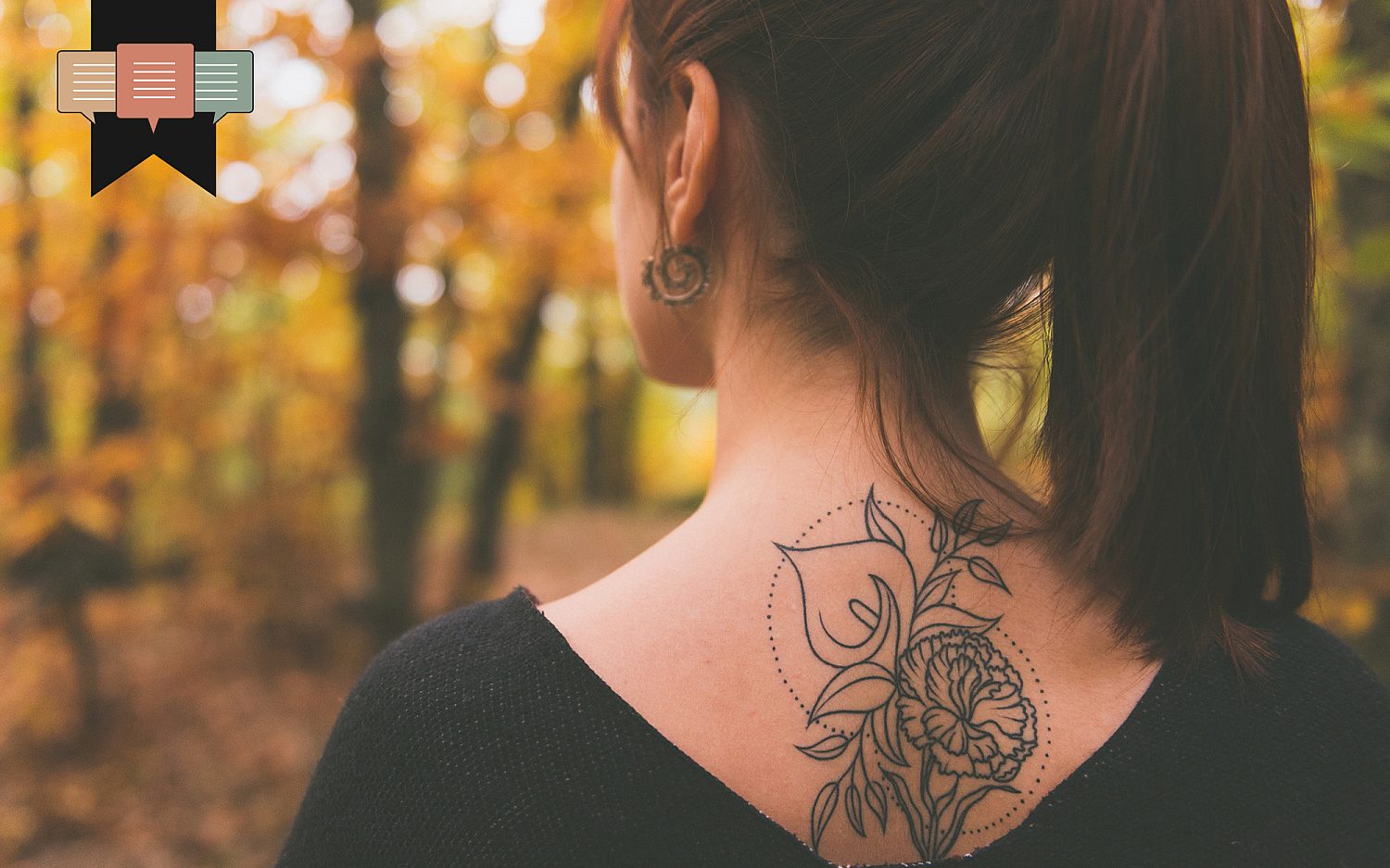A mark of trauma
The ubiquity of female tattoos signals a crisis among American women
Esteban Martinena Guerrero / iStock via Getty Images Plus

Full access isn’t far.
We can’t release more of our sound journalism without a subscription, but we can make it easy for you to come aboard.
Get started for as low as $3.99 per month.
Current WORLD subscribers can log in to access content. Just go to "SIGN IN" at the top right.
LET'S GOAlready a member? Sign in.
Today, astonishingly, 38 percent of American women bear permanent tattoos, according to Pew Research. Only 27 percent of men do. The gender reversal is complete and disturbing.
The numbers grow worse with age brackets. Fifty-six percent of women aged 18-29 carry ink. Fifty-three percent of those 30-49 follow suit. The majority of young American women have permanently altered their bodies. Some see it as progress. I see it as pathology.
The psychological motivations reveal the crisis. Men usually tattoo for achievement, brotherhood, military service. But women often tattoo for trauma, loss, or mental health struggles. Human trafficking survivors cover “branding” marks. Infertile women memorialize miscarriages. Cancer patients cover mastectomy scars. But the pattern is clear: wounded women chasing healing through new wounds—this time, self-inflicted.
This distinction matters profoundly. Male tattoos commemorate external accomplishments. Female tattoos often memorialize internal damage. The needle becomes monument to victimhood rather than victory. When the majority of young women permanently mark their bodies as testimony to pain, we're witnessing civilizational breakdown.
The health risks compound the cultural concerns. Tattoo inks contain industrial-grade chemicals—carcinogens, allergens, heavy metals—many of which are banned in cosmetics but are somehow fine to inject under the skin. The FDA, despite its tight regulation of food and pharmaceuticals, exercises zero oversight here. No testing. No warnings. Nothing. Women shoot unknown sludge into their bloodstream, then fill their carts with organic kale and paraben-free moisturizers. The dissonance is massive.
And it gets worse during pregnancy. The placenta doesn’t filter out everything. Tattoo inks can cross into the womb, contaminate breast milk, and interfere with epidurals, particularly in women with lower-back tattoos. Medical experts warn against tattooing during pregnancy and breastfeeding, citing unknown long-term effects on fetal development. But warnings rarely stand a chance against vanity dressed up as liberation. Women continue marking their bodies, sometimes at the expense of the very lives growing inside them. What was once rebellion has become ritual. One that sacrifices health, beauty, and future children on the altar of self-expression.
The economic irrationality is breathtaking. Professional tattoo removal costs upwards of $700 per session, with most requiring six to ten treatments, sometimes more. Insurance covers none of it. Some women spend thousands to etch “meaning” into their skin, only to later spend thousands more trying to erase it. It’s a cycle of impulsive decisions and delayed regret, fueled by emotion and marketed as empowerment. Financial stability is sacrificed for fleeting self-expression. And yet, no one calls it what it is: self-inflicted debt dressed in ink.
Then there’s the cold reality of the workplace. Cultural normalization hasn’t erased professional consequences. Visible tattoos still limit opportunities in medicine, law, finance, education—any field where appearance signals judgment, trust, or competence. HR departments don’t care about your “story”—they care about liability. For women, the costs run deeper. Tattoos can quietly limit their earning potential. What feels bold at 25 can become baggage by 35, when career paths narrow and second chances dry up. The thrill fades, but the ink—and the consequences—remain. It’s a short-term high with a long-term price tag, and very few are brave enough to say it out loud.
The generational shift reveals deeper cultural decay. Once seen as masculine, working-class, even deviant, tattoos are now worn by young women as symbols of strength and identity. Peer pressure drives the madness. When most young women are marked, the fewer who remain unmarked become the outliers, pressured into conformity under the guise of independence. What’s sold as personal choice often functions as a membership badge. Herd mentality rarely leads to wisdom, least of all when the trend involves branding flesh. Tattoo culture isn’t just aesthetic; it’s behavioral. The correlation with risky behavior, though inconvenient to admit, is relentless. Tattoos often signal a severing from structure, a rebellion against limits. The overlap with sexual promiscuity, impulsivity, and boundary blurring isn’t anecdotal—it’s patterned. These aren’t isolated choices. I argue that they are symptoms of a broader unraveling.
Feminist dogma has made critique radioactive. Question a woman’s tattoo and you’re instantly smeared as a misogynist. The same movement that once fought for dignity now revels in its destruction. Mutilation gets rebranded as self-love. Disfigurement gets paraded as identity. The slogans are empty. The ink is permanent.
And this isn’t just about tattoos. It’s about the slow masculinization of female identity. Women now pursue aggression, sexual dominance, and permanent body alteration as if these were virtues, not warnings. As femininity is treated like a flaw to be corrected, cultural boundaries blur, then vanish. What’s left is disorientation, sold as freedom but experienced as loss.
These daily articles have become part of my steady diet. —Barbara
Sign up to receive the WORLD Opinions email newsletter each weekday for sound commentary from trusted voices.Read the Latest from WORLD Opinions
R. Albert Mohler Jr. | Response to release of security video shows deep division between liberals and conservatives
Barton J. Gingerich | The deeply rooted problem with a convert to Roman Catholicism administering the Lord’s Supper in a PCA church
Nathan Leamer | We should view artificial intelligence as a potential opportunity for the Church
Joe Rigney | Slayings in Charlotte, Minneapolis, and Nashville reveal a deep spiritual abyss in America






Please wait while we load the latest comments...
Comments